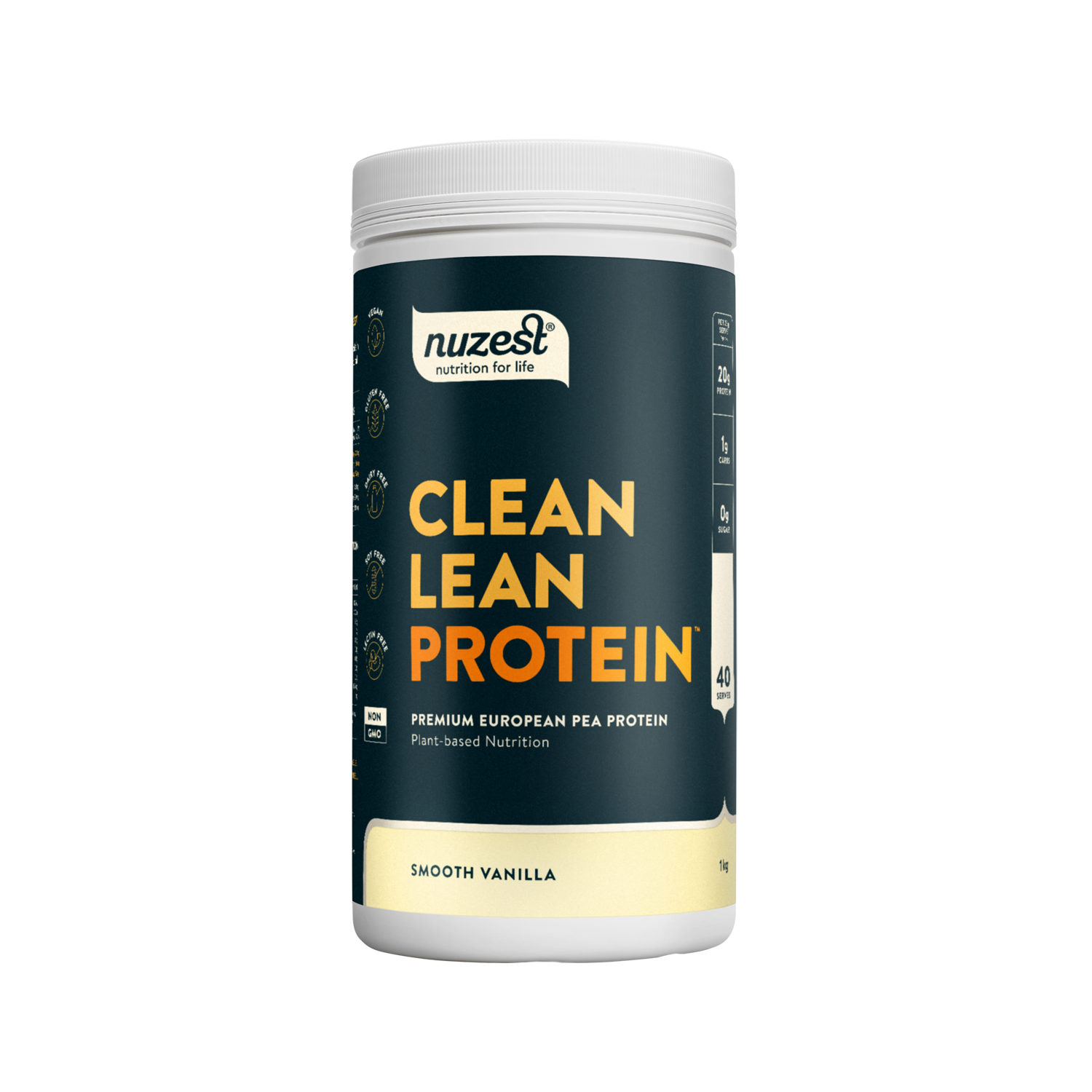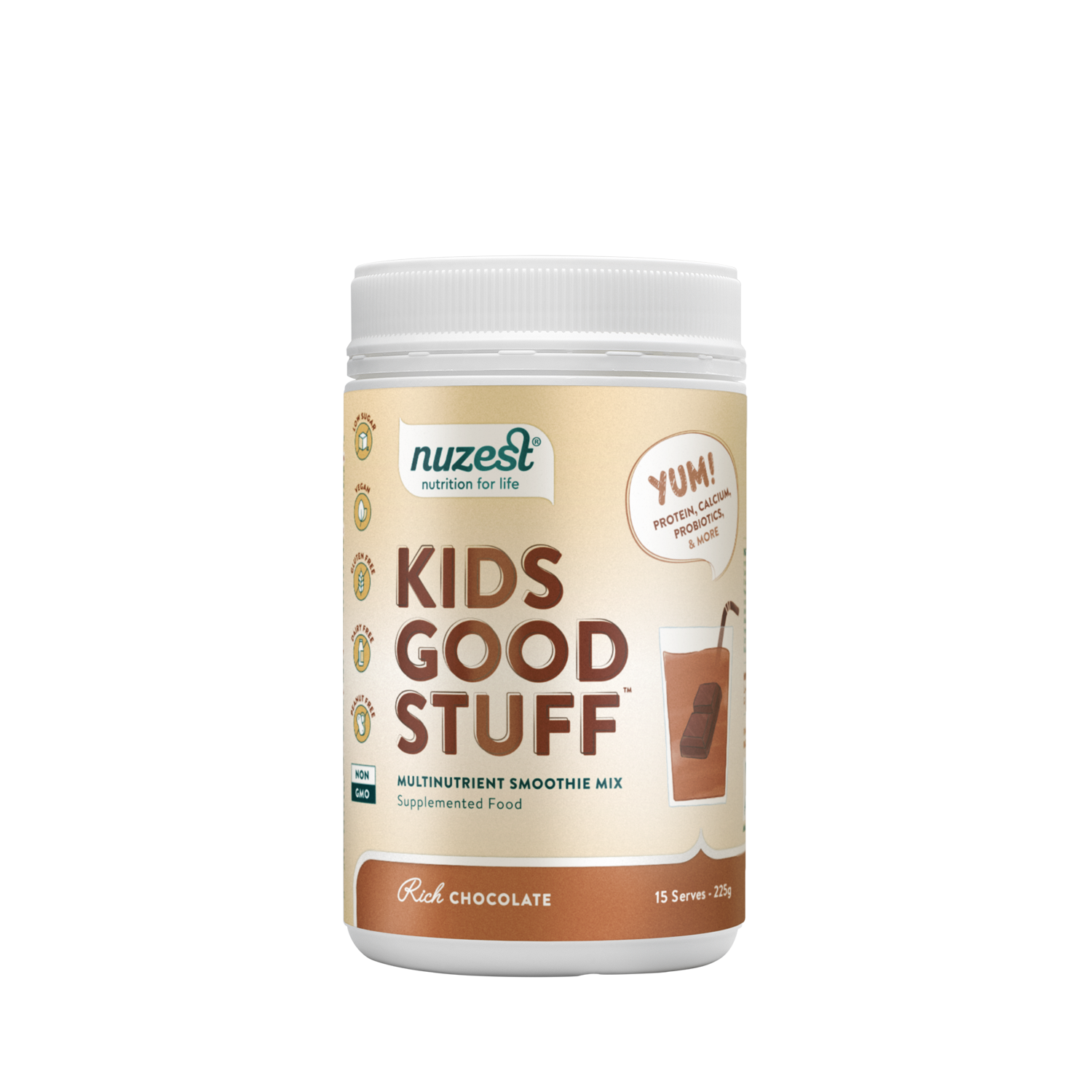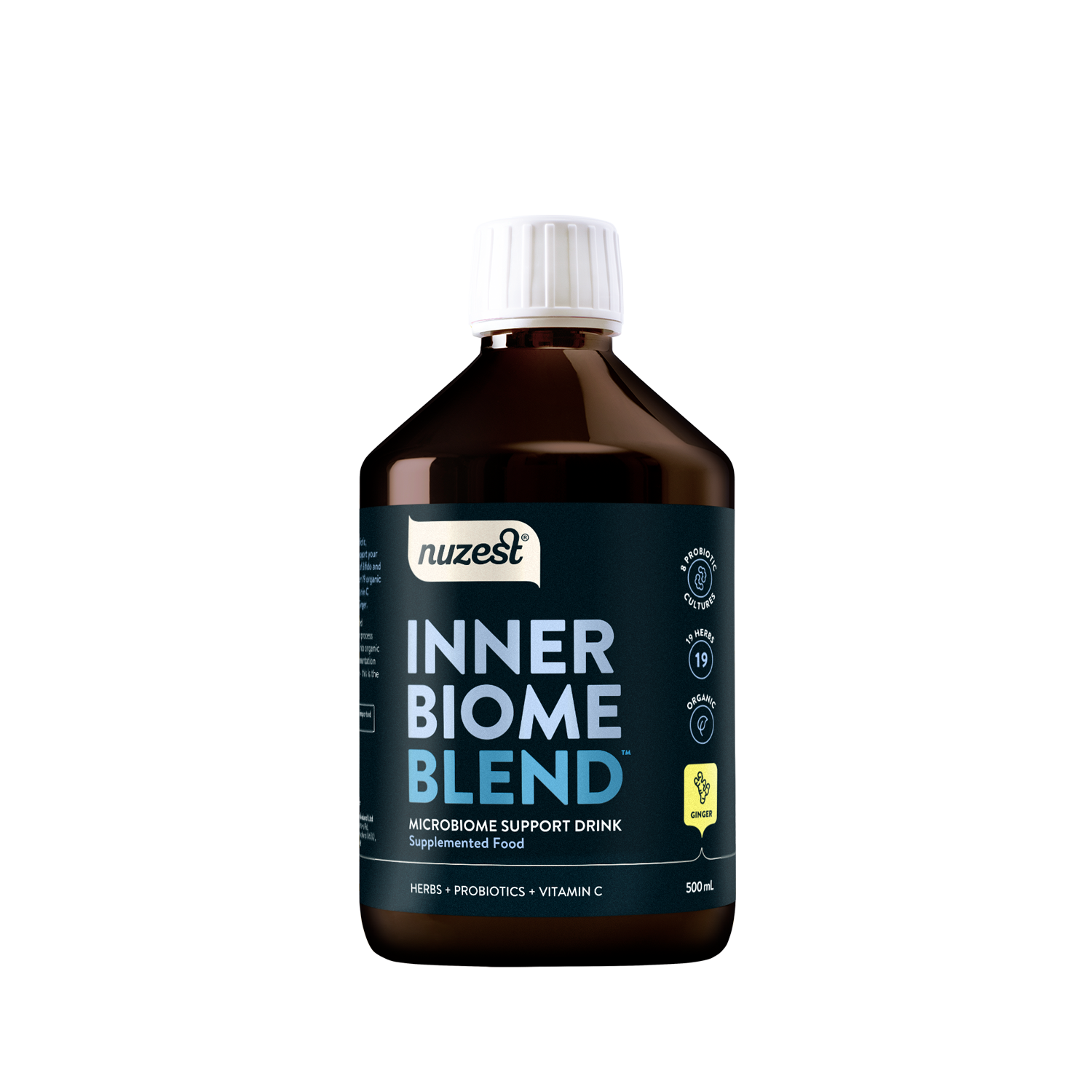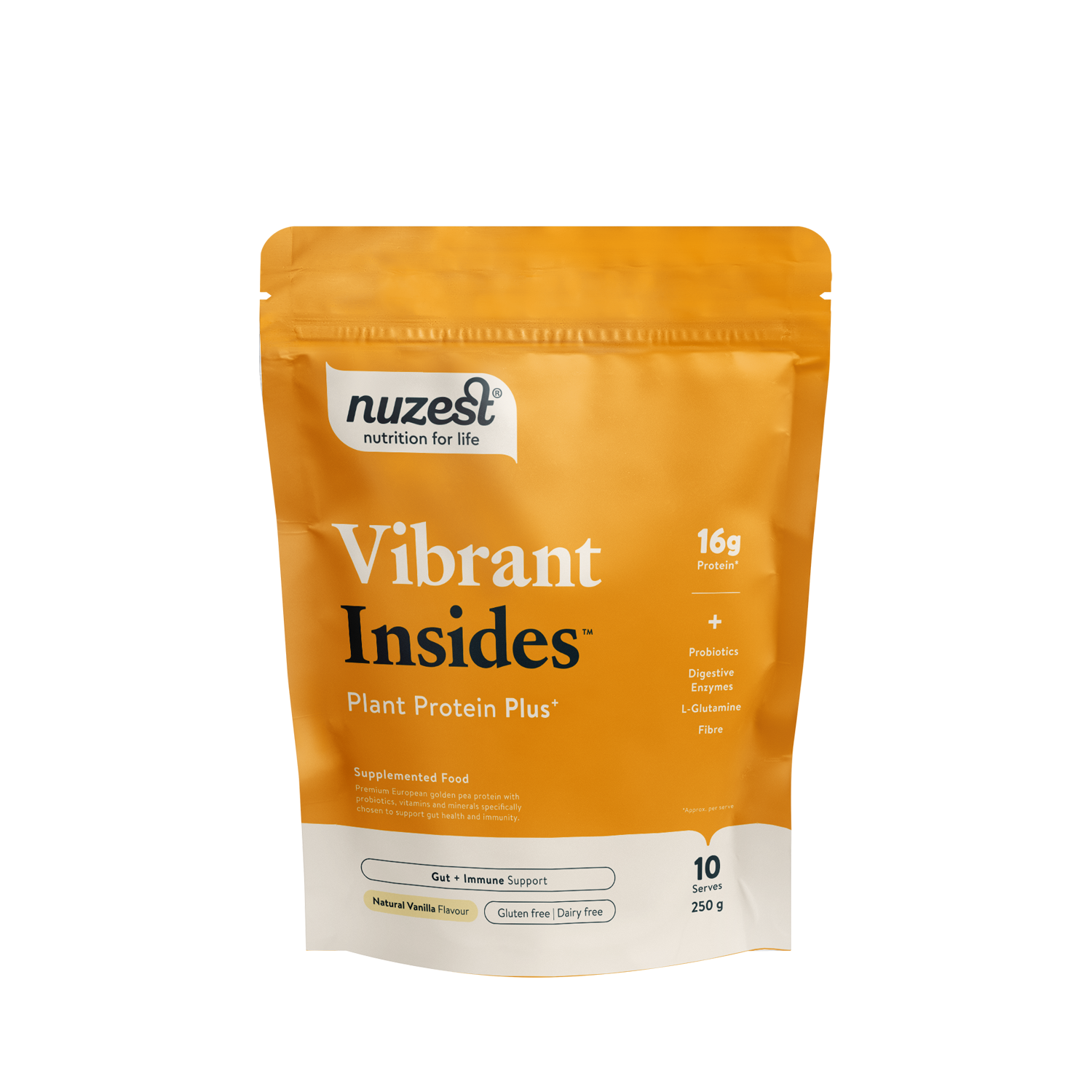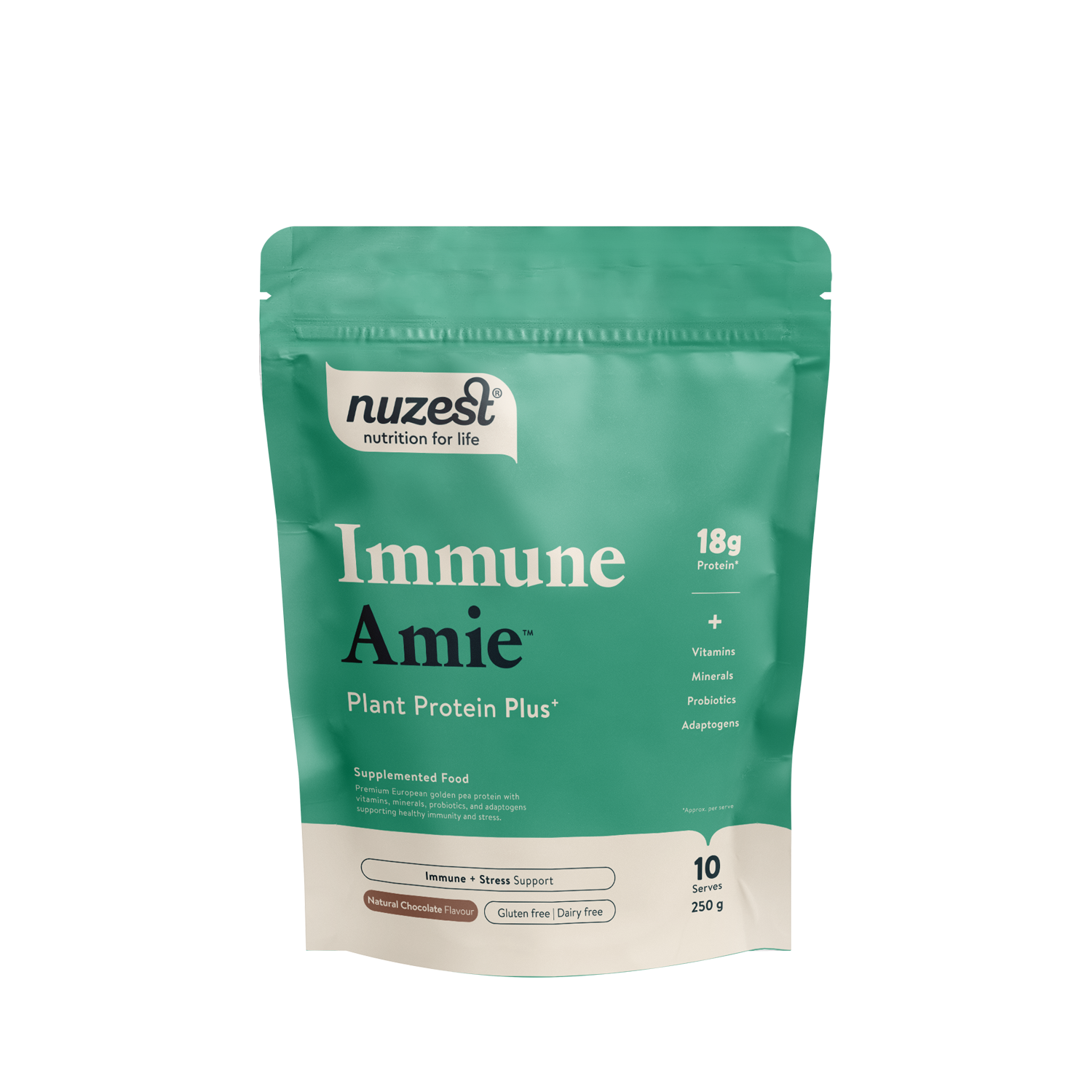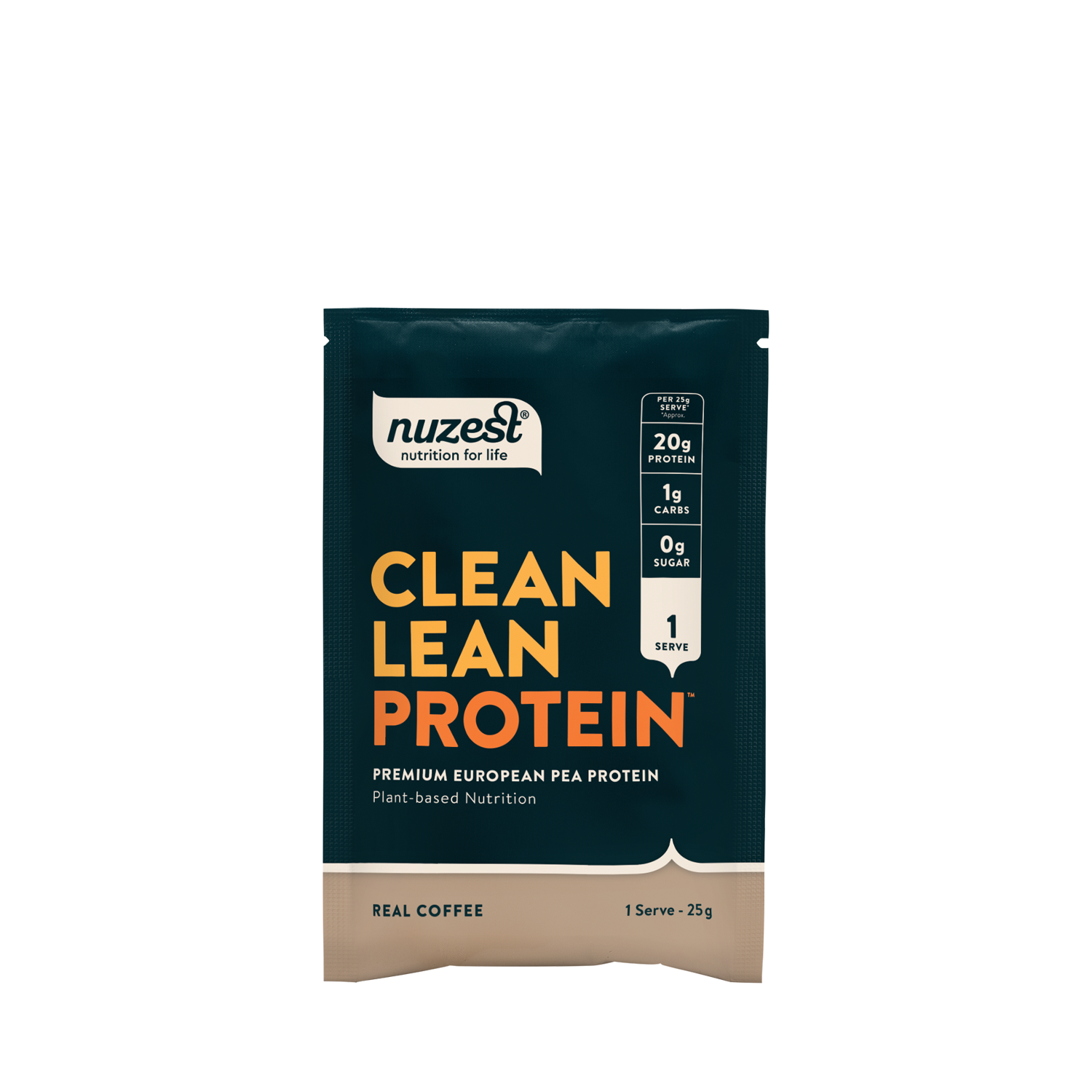Rosemary
Rosmarinus officinalis L
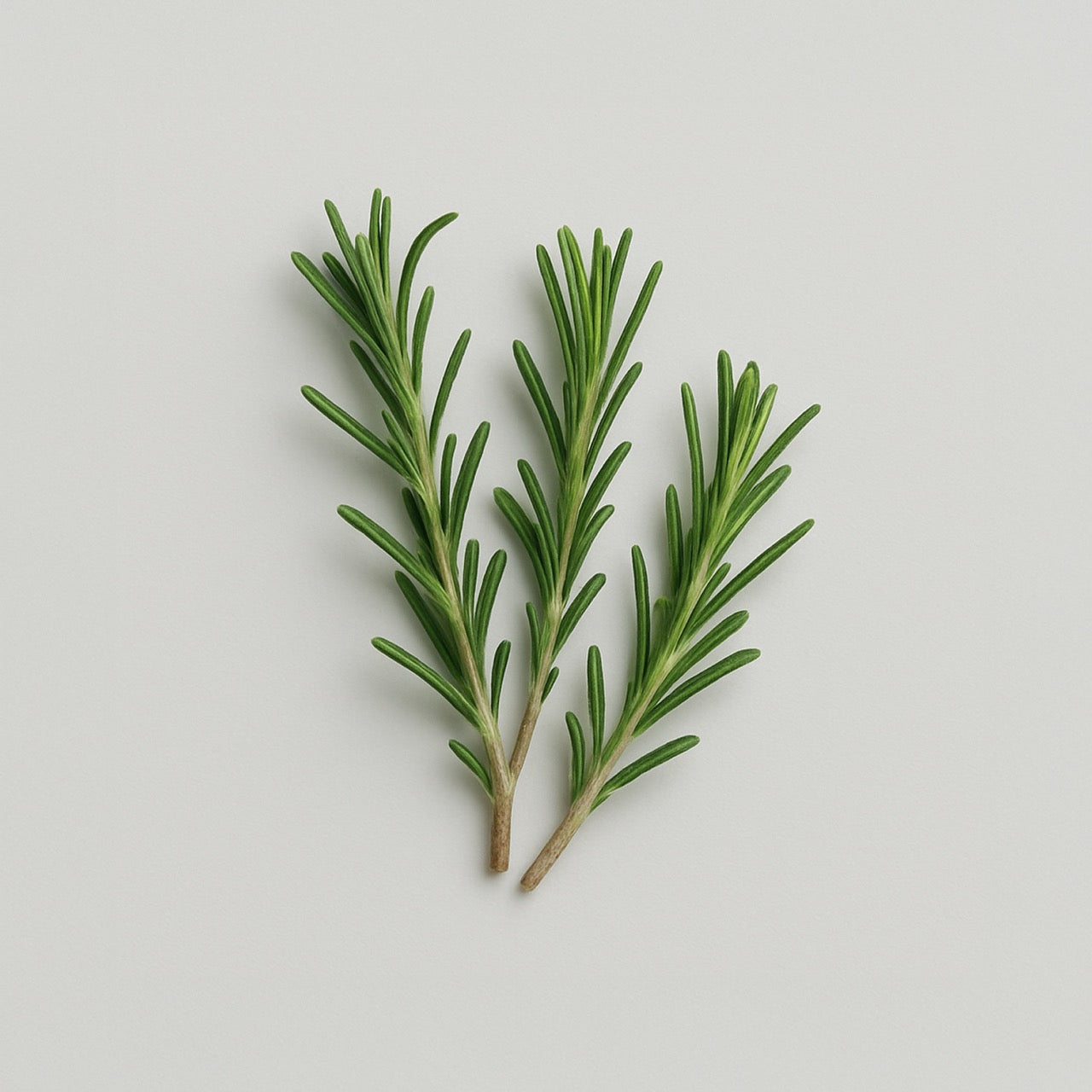
Rosemary is an aromatic herb from the Salvia rosmarinus plant, used in culinary, cosmetic, and herbal preparations. Its leaves and essential oil are common ingredients in food and wellness products.
Products:
Rosemary and its Anti-inflammatory Actions
Rosemary is rich in compounds such as rosmarinic acid and carnosic acid, which exhibit potent anti-inflammatory effects. These substances contribute to reducing inflammation within the body, supporting relief for conditions like arthritis and muscle pain.¹ ²
Rosemary for Brain Health and Cognition
Recognised for its potential to support cognitive function, rosemary’s aroma has been linked to improvements in memory, focus, and mental performance. Research indicates that the herb’s antioxidant compounds may help protect the brain from age-related deterioration, contributing to sustained mental clarity.³
Rosemary for Hair Growth
Rosemary is commonly applied to support hair growth and reduce hair loss. By enhancing blood flow to the scalp, it helps nourish hair follicles, which contributes to healthier, thicker hair. This effect makes rosemary a frequent component in hair care products such as shampoos and oils aimed at improving hair vitality.⁴
Antimicrobial Properties of Rosemary
The antimicrobial properties of rosemary enable it to combat bacteria and fungi. These effects contribute not only to supporting the immune system but also to skin health by helping to prevent infections and aid in wound healing.⁵

